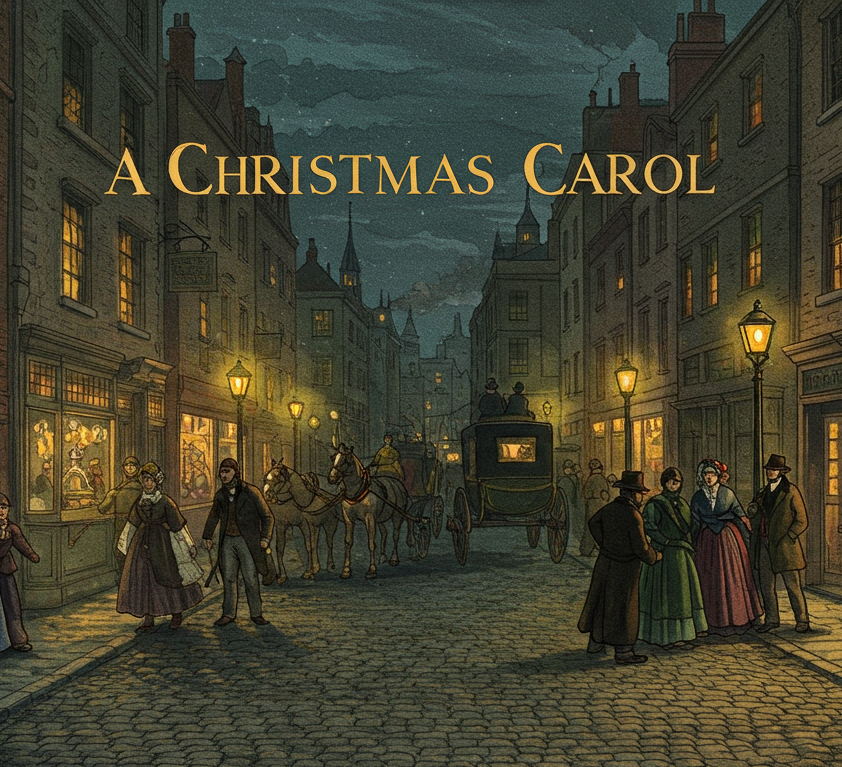In the spirit of the season, here are 10 fascinating facts about the Christmas classic, “A Christmas Carol”, including its original title, the fate of Dickens’ handwritten draft, and a surprising literary critic who wasn’t impressed.
Did you know…
-
A Christmas Carol was just one of several holiday-themed stories penned by Dickens. Its full title is A Christmas Carol. In Prose. Being a Ghost Story of Christmas.
-
Dickens completed the novella in just six weeks, driven by financial strain. He reportedly found inspiration during long nighttime walks through London.
-
First published on December 19, 1843, the book sold out by Christmas Eve. By 1844, it had already gone through 13 printings and continues to be a bestseller more than 175 years later.
-
Despite its commercial success, Dickens saw little financial gain from early editions. His meticulous attention to details—such as the binding and endpapers—significantly cut into his profits.
-
Like much of Dickens’ work, A Christmas Carol was a form of social commentary. Having experienced the hardships of debtor’s prison firsthand, Dickens sought to inspire compassion for the poor and powerless. Biographer Michael Slater noted that Dickens hoped to “help open the hearts of the prosperous and powerful towards the poor and powerless.”
-
After publishing the novella, Dickens had his heavily annotated 66-page manuscript bound in crimson leather with gold detailing and gifted it to his friend—and creditor—Thomas Mitton. The original manuscript is now digitized and available for viewing on the Morgan Library & Museum website.
-
The Internet Movie Database (IMDb) lists over 100 adaptations of A Christmas Carol, including a video game, a 1908 silent short, and the 2015 TV movie A Christmas Carol and Zombies.
-
More than 20 TV shows have incorporated Dickens’ classic into their episodes, including Sanford and Son, The Six Million Dollar Man, Family Ties, The Jetsons, and DuckTales.
-
The story has been adapted into two ballets and four operas, including The Passion of Scrooge, a chamber opera written for a solo baritone and chamber orchestra.
-
While many of Dickens’ literary peers admired A Christmas Carol, Mark Twain was not among them. At 32, Twain dismissed the story as “nothing but glittering frostwork,” finding it lacking in heart and emotion—even as Dickens himself performed dramatic readings of it during his U.S. tour.
Even after nearly two centuries, A Christmas Carol continues to captivate audiences, proving that the spirit of Christmas—and the power of redemption—never goes out of style.


